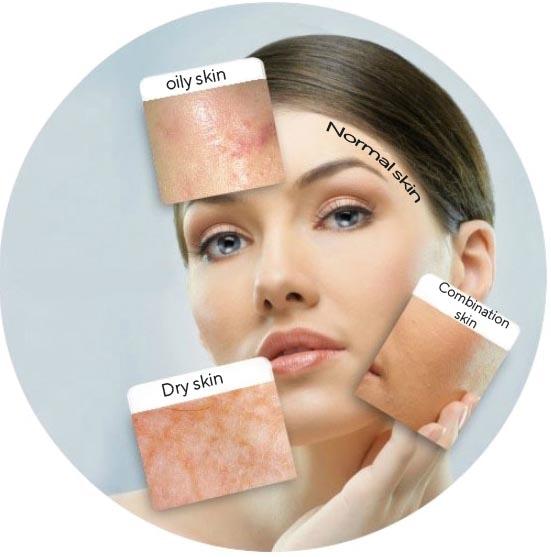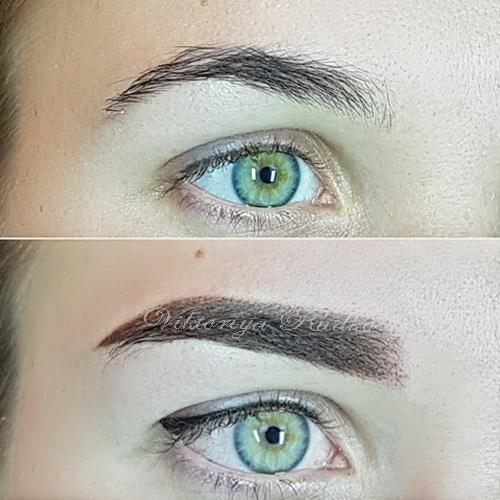06 Sep Permanent makeup for different skin types
To choose of a permanent makeup technique correctly, the master should take into account the client’s skin type. The duration of the effect and the healing process largely depend on this choice. In this article we’ll discuss the nuances that should be taken into account.

Permanent Makeup and Types of Skin
Permanent make-up on oily skin
Visually noticeable feature of oily skin is excessive shine, enlarged pores, a tendency to inflammation and redness. Such skin is usually quite thick and dense, and the pigment should be applied a bit deeper than into normal or dry skin due to a coarse texture. And since “hair”, 6D and 3D techniques require a minimum depth of pigment penetration, they are contraindicated for oily skin. With surface work on the oily skin, there is a risk of poor fixation of the pigment and it is likely that the finest “hairs” will distort or disappear during healing.
If the client insists on the “hair” technique, the master must warn her that the probability of success of the procedure is about 50% and this is undoubtedly a significant risk. The ideal technique for this skin type is shading with soft, non-graphic edges. However, when the client is 40 years old and more, the processes of sebum secretion normalize. The skin becomes dehydrated and the tattoo will be worn longer. For oily skin owners there are also some features of permanent makeup care. If the client wants to prolong life of the permanent makeup, they should abandon alcohol-containing cosmetics, use sunscreens and do not peel in the place where the pigment lies.

Shadow tattoo eyebrow permanent makeup
Permanent make-up on dry skin
Girls with dry skin are lucky when it comes to permanent makeup. They can choose any technique and the makeup will be worn for a long time. Visually, the owners of this skin type are easily distinguished by their luminous, transparent skin, the abundance of crow’s feet and fine wrinkles, the absence of visible pores and oily sheen. Dry, parchment skin is very “tenacious”, the pigment seizes instantly and leaves more slowly. The master should not apply the pigment densely, and should work as if by spraying it. Many clients with dry skin do not need to undergo a correction procedure, even hair tattooing is perfect and easily worn for about two years.
Permanent makeup and aged skin
Age-related processes in the skin make it more denser and drier. In some women over 50, the skin noticeably coarsens. For such clients “hair” techniques are not recommended. For those clients whose skin is not very rough, any method of micropigmentation is suitable. The master should be extremely careful and do everything possible to prevent creases and the passage of lines through wrinkles. It is also important not to overdo the lines with color – it is better to add brightness to the corrections than to do too decorative permanent makeup in the first procedure, it is contraindicated for an age-related person. The features of aged skin are low sensitivity, slowing down in the epidermal renewal processes. These make possible to carry out the procedure without any anesthesia at all, and the “tattoo life span” is increased significantly.
Be sure to consider the skin type of clients and offer them those techniques that will give the best result.
I wish you to make your customers beautiful!
Viktoriya Rudko, international permanent makeup trainer, a leading specialist at the Purebeau Academy in Ukraine.




No Comments